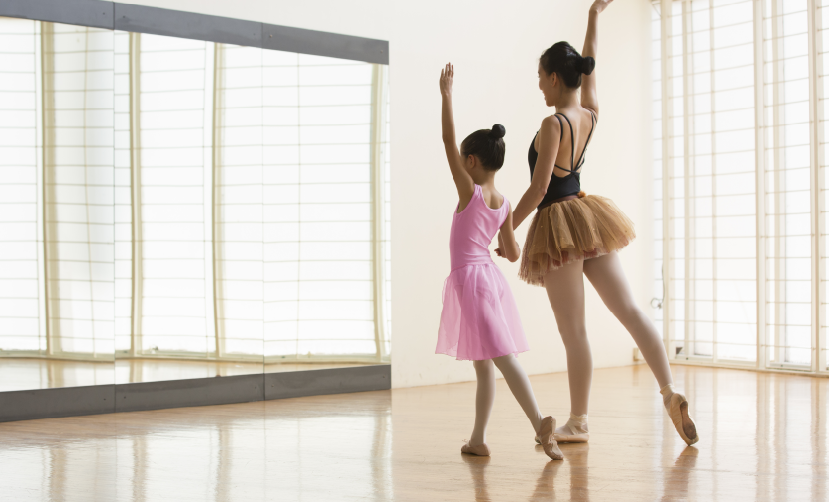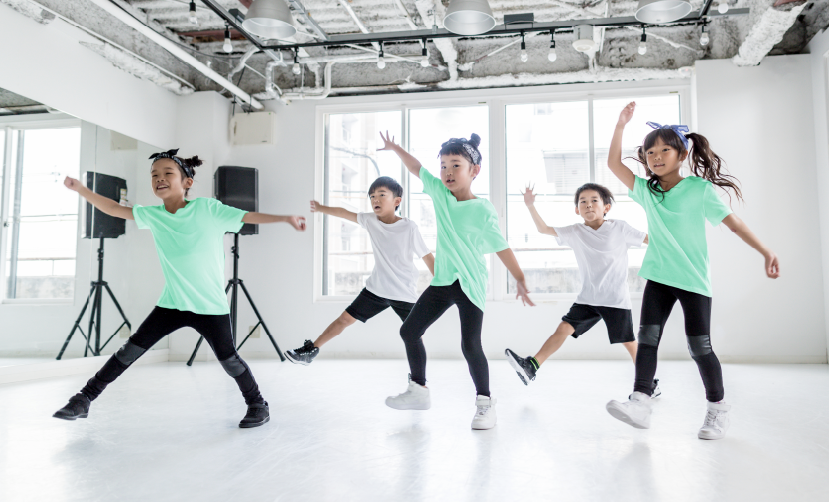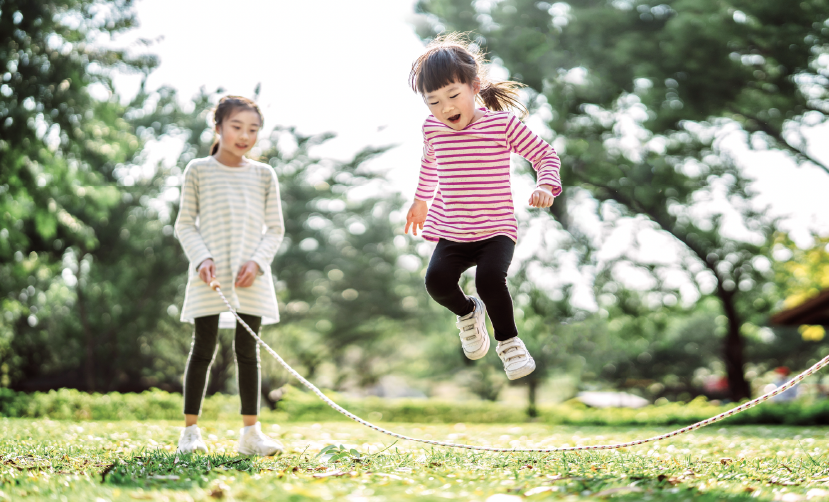New ideas in education for the new school year
After last year’s disruptions, students are looking forward to the new school year.Students are looking forward to the new school year. But parents have to think much further ahead.
How can they open their children’s minds with extra learning opportunities?

Upgrading skills, broadening horizons
Since some schools offer half-day lessons, parents can encourage their children to schedule programmes and activities to boost their creativity, physical fitness, communication skills and more. Promoting children’s all-round development can not only expand their vision but prepare them for an unknown future. Below are a number of activities we’ve rounded up for your reference, some of which can be learned online or at school.
Coding – the way to logic and creativity
Code is to computers what language is to humans. It’s what makes communication possible. Learning to code is good training for the mind and can boost 5 key skills:
|
|||
|
Code is at the heart of computer software, smartphones, video games, websites and much more. From IT, computer engineering and scientific research, its application has found its way into the legal community and beyond. Coding is already on high school and junior high school curricula in countries like Singapore, Japan, the UK, Sweden and the US. And even though it’s not yet a core subject in Hong Kong, there is no shortage of related learning opportunities for those who are interested, such as regular coding courses for children that teach the basics of computer knowledge and the concept of programming.
Children can also learn popular programming languages like Python by taking the free courses offered by such websites as edX and Coursera.
 |
Improving linguistic abilities for better prospects
|
Language is one of our most fundamental life skills, indispensable for communication, self-expression and thinking. Hong Kong students have long benefited from curricula based on biliteracy and trilingualism; learning additional languages, however, can help them expand their personal networks further and look beyond Hong Kong for different career opportunities. In the internet age, many language instructors around the world are one click away. The ability to reach across geographic boundaries and time zones means students can learn anytime, anywhere. Many instructors also provide personalised, one-on-one lessons for students looking to improve their listening, conversational skills or preparing for open exams. |
Dance for more balanced overall development
As a child’s body and brain are still “under development”, the importance of exercise cannot be overlooked even during the pandemic. Dancing has benefits for a person’s bones, muscles, lungs and circulation. It can also help stimulate brain neurons to promote a child’s overall development:

Ballet has long been one of the more popular extracurricular activities. In addition to joining interest classes, children with more long-term goals can take exam-based courses that conform to the standards set by the UK’s Royal Academy of Dance. Some dance schools offer real-time online interactive lessons as well as on-site instruction to cater to the requirements of different parents and children.

K-pop has such a large following everywhere, it’s not uncommon to see young people showing off their Seoul-inspired dance moves on the street. Practicing street dance is not only a good exercise; with the right talent, you could also pursue a career as a dancer, choreographer, dance instructor, KOL or even pop idol. There are dance schools that offer online classes, while for children who thrive in group environments, on-site instruction is also available.

Rope jumping is a simple but effective exercise. Recent years have seen the emergence of freestyle rope jumping, a sport in which the Hong Kong team has taken top honours in international competitions. Freestyle rope jumping emphasises creativity and whole-body coordination, and can effectively improve cardio-pulmonary fitness. In Hong Kong, there are organisations that provide free online courses, or you can opt for on-site classes for your child.
Check out our Education Booklet for more information that can help you design the right education plan for your children.
Sources:
- eDX website
- Coursera website
